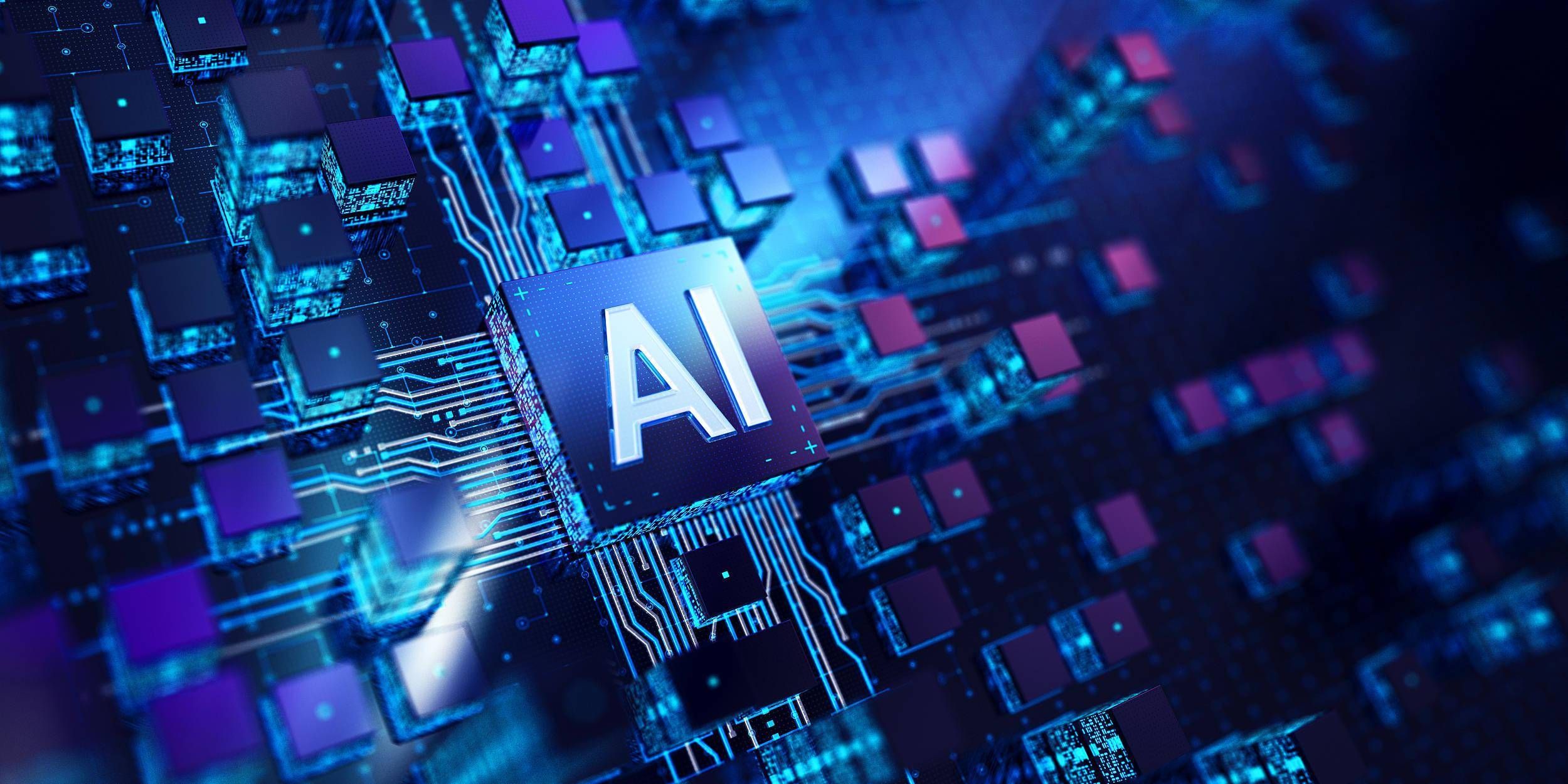
With the rapid development of artificial intelligence (AI) technology, how to efficiently build and optimize AI core computing power has become an important issue in technological progress. This article will explore the GPU hardware technology used to accelerate the construction of AI core computing power, and introduce how the current leading GPU technology plays a key role in the AI field.
Unlike traditional central processing units (CPUs), GPUs handle complex mathematical operations, especially matrix operations and floating-point calculations, through massive parallel computing. This makes GPUs ideal for areas such as deep learning, image processing, speech recognition, and natural language processing. GPUs are composed of thousands of small computing units (CUDA cores) that can process large amounts of data simultaneously, thereby greatly accelerating the training and inference process of AI models.
NVIDIA is currently the leader in the GPU market, and its CUDA (Compute Unified Device Architecture) architecture occupies a dominant position in the field of AI acceleration. CUDA allows developers to leverage GPUs for massively parallel computing and further improve computing efficiency through optimized software libraries such as cuDNN and cuBLAS.
Main product series :
A100 and H100 (Ampere and Hopper architecture) : These two GPUs are designed for high-performance computing (HPC) and deep learning tasks. They use NVIDIA's Tensor Cores technology and are specially optimized for large-scale matrix operations, which can significantly accelerate the training process of AI models.
Tensor Cores : specially optimized for matrix operations (such as tensor multiplication) in deep learning, which can significantly improve the speed of neural network training, especially supporting mixed precision calculations (FP16 and TF32).
Multi-instance GPU technology : enables a single GPU to support multiple independent computing tasks at the same time, further improving the utilization of computing resources.
RTX 30 series : The RTX 30 series is mainly aimed at developers and individual users. Its high cost performance and powerful AI acceleration performance make it widely used in small AI projects, scientific research and graphics rendering tasks.
AMD is also playing an increasingly important role in AI computing, and its ROCm (Radeon Open Compute) platform supports deep learning and scientific computing. ROCm provides open source support for GPU computing, allowing developers to accelerate AI workloads through open tools and libraries.
AMD Advantages :
Support deep learning frameworks : ROCm supports mainstream deep learning frameworks such as TensorFlow and PyTorch, and accelerates GPU computing through optimized mathematics libraries.
High-bandwidth memory (HBM2) : AMD GPU provides higher-bandwidth memory, suitable for processing large-scale data sets and improving training efficiency.
In addition to traditional GPUs, AI-specific acceleration hardware (such as TPU, FPGA) also plays a role in the construction of AI core computing power. For example, Google's Tensor Processing Unit (TPU) is specially designed to accelerate deep learning models. It has advantages over GPUs in specific AI tasks, especially in inference and large-scale training, with significant performance improvements.
In addition to the computing power of the GPU itself, the efficiency of communication and data transmission between GPUs is also the key to accelerating the core computing power of AI. Today, the NVIDIA NVLink and InfiniBand technologies provided by NVIDIA can provide high-bandwidth, low-latency data transmission, enabling efficient collaboration between multiple GPUs and improving the overall performance of large-scale AI model training.
As a key hardware technology that accelerates the core computing power of AI, GPU has become the infrastructure for modern artificial intelligence research and application. Both NVIDIA's CUDA architecture and AMD's ROCm platform are providing strong support for the development of AI.